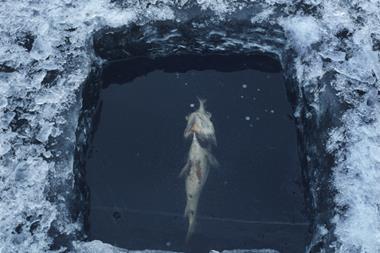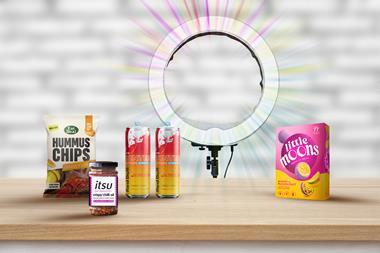The horsemeat scandal demonised the meat industry in the eyes of many consumers. But, as revealed by thegrocer.co.uk last week (‘Fake vodka and basmati rice seized in UK in food fraud crackdown,’ 14 February), it wasn’t beef masquerading as horse, but fish and seafood that were the most implicated foods in a major new joint Interpol/Europol food investigation into fake and substandard food.
The fish and seafood seized in Operation Opson III accounted for 57% (685 tonnes) of the 1,200 tonnes of total food seized and included 484 tonnes of yellowfin tuna found to have insufficient traceability documents.
None of the fish was seized in the UK, but the operation is a salutary reminder to suppliers and retailers of the potential problems in the procurement and sale of seafood. So why is seafood so vulnerable to fraud and what is being done by the UK industry to ensure the problem doesn’t reach our shores?
First, it is important to get a handle on how and why it happens. “Before lumping it in with fake vodka and horsemeat and various other things, you have to understand a bit about the specifics of the industry and where errors can occur,” says Andrew Kuyk, director of the FDF’s sustainability division.
The complexities of the fish supply chain - involving a plethora of species caught by numerous vessels under the flags of many countries and processed all over the world - make it inherently more susceptible than other foods to issues over authenticity or traceability, he argues. But, he adds, precisely because of the heightened risk, manufacturers systematically check and test the raw materials entering their factories.
Young’s, for example, was praised by the Elliott interim report into the horsemeat scandal for its use of horizon scanning to identify emerging risks - or the ‘Seven Sins of Fish’.
Retailers, too, are stepping up their efforts to ensure the fish industry does not suffer the same fate as the meat industry did with Horsegate.
Last year, Tesco expanded its DNA testing programme to encompass products such as fish pies, fish fingers and scampi, acknowledging the risks fish has in common with meat. “Similar to meat, once fish has been processed, it can be difficult to distinguish between one type of fish and another, for example, skinless white cod fillets and white haddock fillets,” it noted.
At the other end of the supply chain, government bodies claim they are focused on ensuring only quality and authentic products reach the manufacturer and end consumer.
“We encourage buyers, traders and processors to exert proper management of the supply chain to avoid any incidents of mislabelling or poor quality products,” says Seafish CEO Paul Williams. “This includes employing chain of custody schemes to ensure traceability and investment in training and development for staff.”
The Marine Management Organisation, meanwhile, says it “works closely with importers’ representatives and in partnership with Port Health and HMRC to deter imports of illegally caught fisheries products through inspection procedures at ports and airports”.
The tactics appear to be working. “Whilst there are clearly still incidents of food fraud, the UK seafood industry is increasingly working together to maintain standards and drive towards a more transparent supply chain,” says Williams.
Reassuringly, the UK industry seems to be running a tight ship at the moment - although as the Opson III results show there is no room for complacency.
Sign in to comment on this article
Not logged in before? Register for FREE guest access today.
You will be able to:
- Read more stories
- Receive daily newsletters
- Comment on stories
Advert



















No comments yet